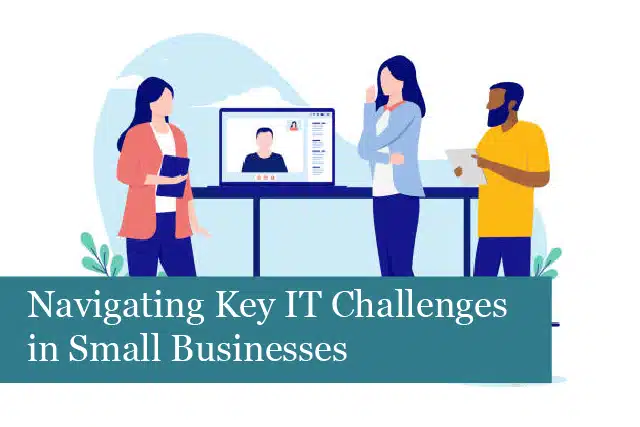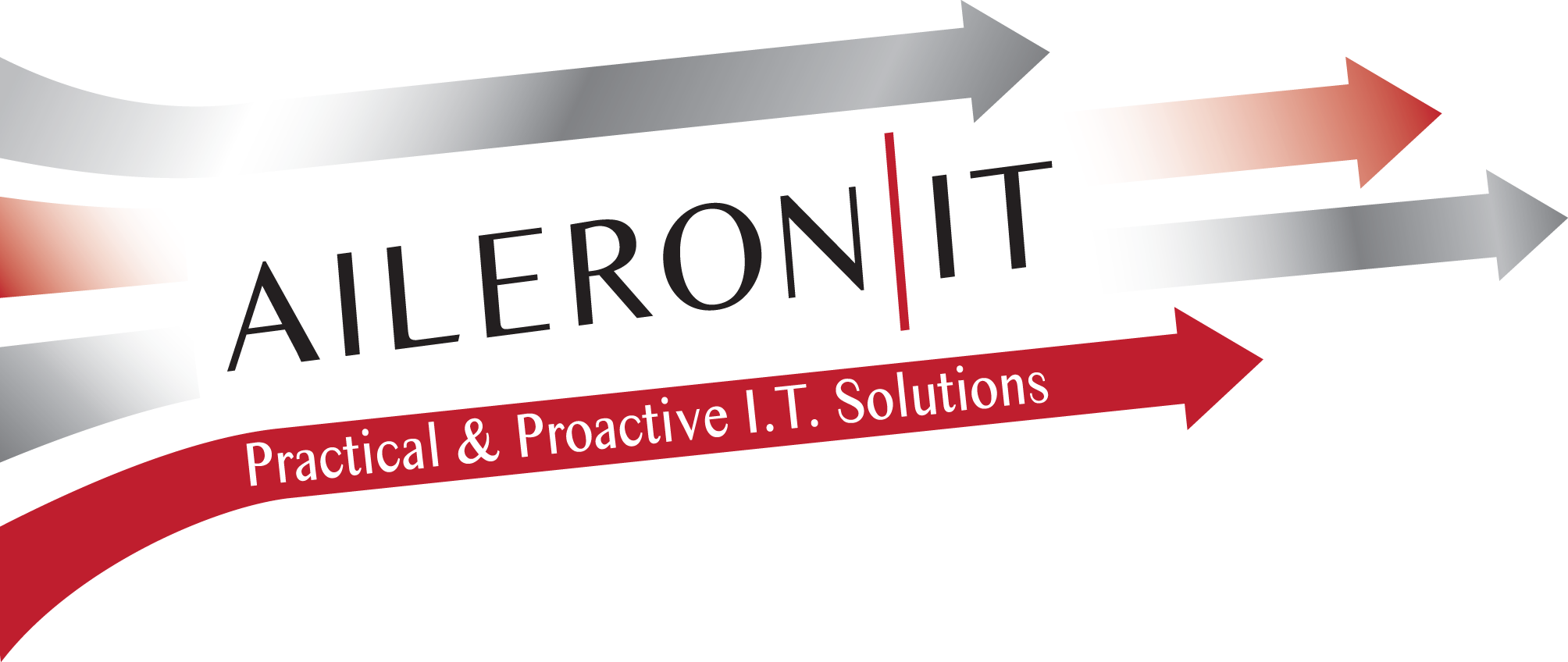Navigating the IT Challenges of a Small Business

Introduction: In the modern business landscape, technology plays a crucial role in efficiency, security, and scalability. However, businesses with 10 to 60 employees often face specific IT challenges that require a more nuanced approach than larger enterprises. Understanding and overcoming these challenges is key to maintaining smooth operations, protecting sensitive data, and preparing for growth.
Data Backup and Recovery: The Lifeline of Your Business Data loss—whether from hardware failure, cyber-attacks, or human error—can be devastating. Small businesses are not immune to these risks, and a strong backup and recovery plan is essential to safeguard against such events. Implementing cloud-based solutions for regular, automated backups provides an efficient way to protect critical business data. It’s not just about having a backup; it’s also vital to periodically test your recovery procedures. For businesses with smaller IT teams or those that outsource their IT, proactive management and recovery testing ensure that data remains secure and accessible even in the worst-case scenario.
Hardware and Software Maintenance: Staying Up-to-Date Without Overwhelming Costs Maintaining both hardware and software is crucial to ensuring your business runs smoothly. Outdated systems can lead to inefficiencies, compatibility issues, and vulnerabilities to cyber threats. Regular hardware maintenance prevents unexpected breakdowns, while keeping software updated ensures that your systems are secure and running at optimal performance. For a business with 10-60 employees, balancing these needs without inflating costs can be tricky. Automation tools and managed IT services can be a valuable asset, handling routine tasks and ensuring that everything stays updated without the need for constant oversight.
Network Infrastructure: Building a Reliable Foundation A reliable network infrastructure is the backbone of any small business, especially as operations become increasingly digital. Slow connections or frequent outages can significantly disrupt productivity. With multiple employees depending on connectivity for communication, file sharing, and collaboration, it’s essential to invest in quality firewalls, switches, and network monitoring tools. Additionally, implementing a Virtual Private Network (VPN) can enhance security, especially with the rise of remote work. Network issues can often go unnoticed until they become major disruptions, so regularly monitoring network performance and resolving small issues before they escalate will keep your business running smoothly.
Software Integration: Connecting the Dots As your business grows, you may find yourself using a variety of software platforms to manage different operations—from customer relationship management (CRM) systems to inventory and payroll solutions. Integrating these disparate systems can pose significant challenges, often leading to inefficiencies or errors due to poor communication between platforms. To streamline your operations, it’s critical to use tools that facilitate seamless integration between different systems. For instance, Application Programming Interfaces (APIs) allow software programs to communicate and share data effectively, breaking down information silos and reducing the manual effort needed to coordinate between platforms.
Compliance and Regulations: Navigating the Legal Landscape Adhering to industry regulations and data protection laws is a major challenge for small businesses, especially in sectors like healthcare, finance, or retail, where data privacy is paramount. Failing to comply with regulations such as GDPR or CCPA can lead to hefty fines and reputational damage. As a small business, it is essential to not only understand the laws that apply to your industry but to also regularly review your IT policies. This ensures compliance with data protection regulations and helps maintain customer trust. Partnering with legal and IT experts can provide much-needed guidance and support in maintaining compliance.
Remote Work and IT Security With remote work becoming more prevalent, businesses need to ensure that their IT infrastructure can support employees working from various locations. A secure setup, including VPNs and multi-factor authentication (MFA), helps protect sensitive data from unauthorized access. Moreover, ensuring that your employees are trained on security best practices can go a long way in preventing breaches. In addition to technical measures, cultivating a culture of security awareness helps mitigate risks.
Creating a Growth-Oriented IT Strategy An effective IT strategy isn’t just about solving today’s problems—it’s about positioning your business for growth. For businesses with 10 to 60 employees, leveraging IT as a strategic tool means aligning your technology investments with your long-term goals. Look for technologies that can scale with your business and provide a competitive advantage. Cloud computing, for example, offers flexibility, enabling you to easily scale resources up or down based on demand. Managed IT services can also help small businesses maintain high levels of service and support without needing a full in-house team.
Building a Tech-Savvy Team Technology adoption is only as successful as the people using it. Investing in the development of a tech-savvy workforce is key to driving efficiency and innovation. Providing ongoing training and encouraging employees to stay updated on the latest tools and technologies can help them feel confident in using these resources to improve workflows and solve business challenges. Having a team that is comfortable with technology not only improves internal operations but also enhances customer interactions, which brings us to our final point—customer experience.
Enhancing Customer Experience Through Technology Customer satisfaction is at the heart of any successful business, and technology plays a pivotal role in delivering superior customer service. By using CRM systems, you can personalize customer interactions and anticipate their needs based on previous behaviors. Furthermore, integrating multiple communication channels—email, chat, phone—through a unified platform ensures customers can reach your business in their preferred way. This level of service can set your business apart from competitors.
Conclusion Navigating IT challenges can feel overwhelming, but with the right strategy, small businesses can turn these challenges into opportunities. Whether it’s ensuring data security, improving customer experiences, or developing an IT strategy aligned with your growth goals, a proactive approach to technology will allow your business to thrive in today’s digital economy. By understanding and addressing these common IT issues, businesses with 10 to 60 employees can streamline operations, reduce risks, and foster an environment where innovation drives success.

